Deep within the bustling markets of Lagos, an elderly woman carefully arranges dried bark, colorful roots, and mysterious powders on a worn wooden table. For generations, her family has passed down knowledge that modern laboratories are now desperately trying to decode. What once seemed like folklore to Western medicine is transforming into tomorrow’s breakthrough treatments. The ancient wisdom of African traditional healers is finally receiving the scientific validation it has always deserved.
The Ancient Pharmacy Hidden in Plain Sight
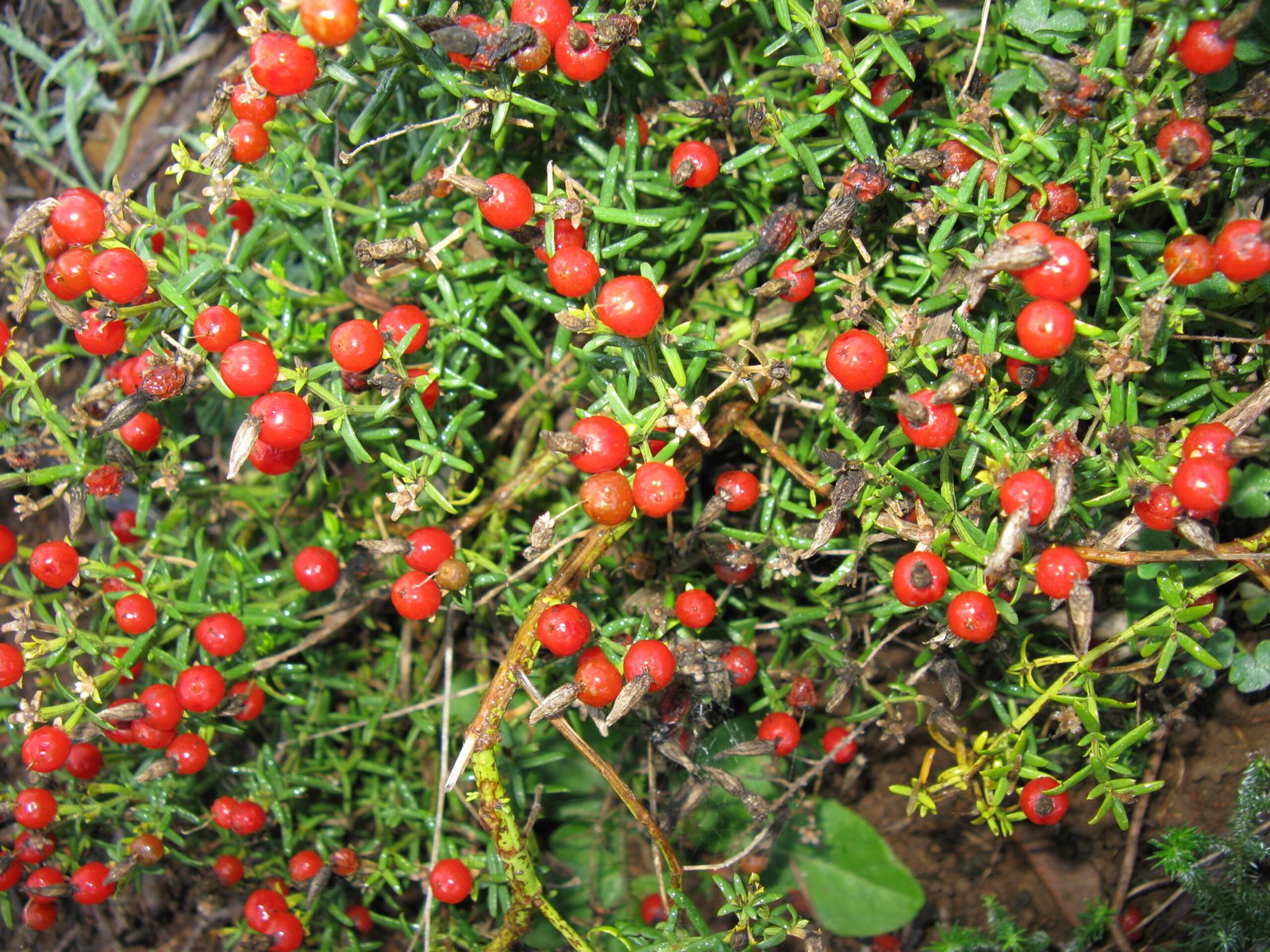
Africa’s medicinal plant knowledge spans over 50,000 years, making it humanity’s oldest pharmaceutical tradition. Traditional healers across the continent have documented remedies for everything from malaria to diabetes using nothing but nature’s bounty. The World Health Organization estimates that over 80% of Africa’s population still relies on traditional medicine as their primary healthcare. This isn’t just about cultural preference – it’s about accessibility, affordability, and effectiveness that has stood the test of millennia. Many communities in remote areas have no choice but to trust the plant-based remedies their ancestors perfected through careful observation and experimentation.
When Science Meets Sacred Knowledge

Modern researchers are now approaching traditional healers with genuine respect rather than colonial skepticism. Universities across Europe and America have established partnerships with African healers to study medicinal plants scientifically. The process involves careful documentation of traditional preparation methods, active compound isolation, and rigorous clinical testing. What’s remarkable is how often traditional dosages and preparation methods align perfectly with optimal scientific protocols. This collaboration represents a new era where indigenous knowledge guides cutting-edge research rather than being dismissed as superstition.
The Baobab Tree’s Surprising Medical Arsenal

The mighty baobab tree, Africa’s “Tree of Life,” contains more vitamin C than oranges and has been treating digestive issues for centuries. Recent studies confirm that baobab fruit powder significantly reduces blood sugar spikes and inflammation markers. Traditional healers have long used baobab bark to treat fever and malaria, applications now being validated through modern pharmacological research. The tree’s leaves, rich in calcium and antioxidants, are being investigated as natural supplements for bone health. Every part of this ancient giant offers therapeutic benefits that scientists are only beginning to understand.
Artemisia: From African Fields to Global Medicine Cabinets
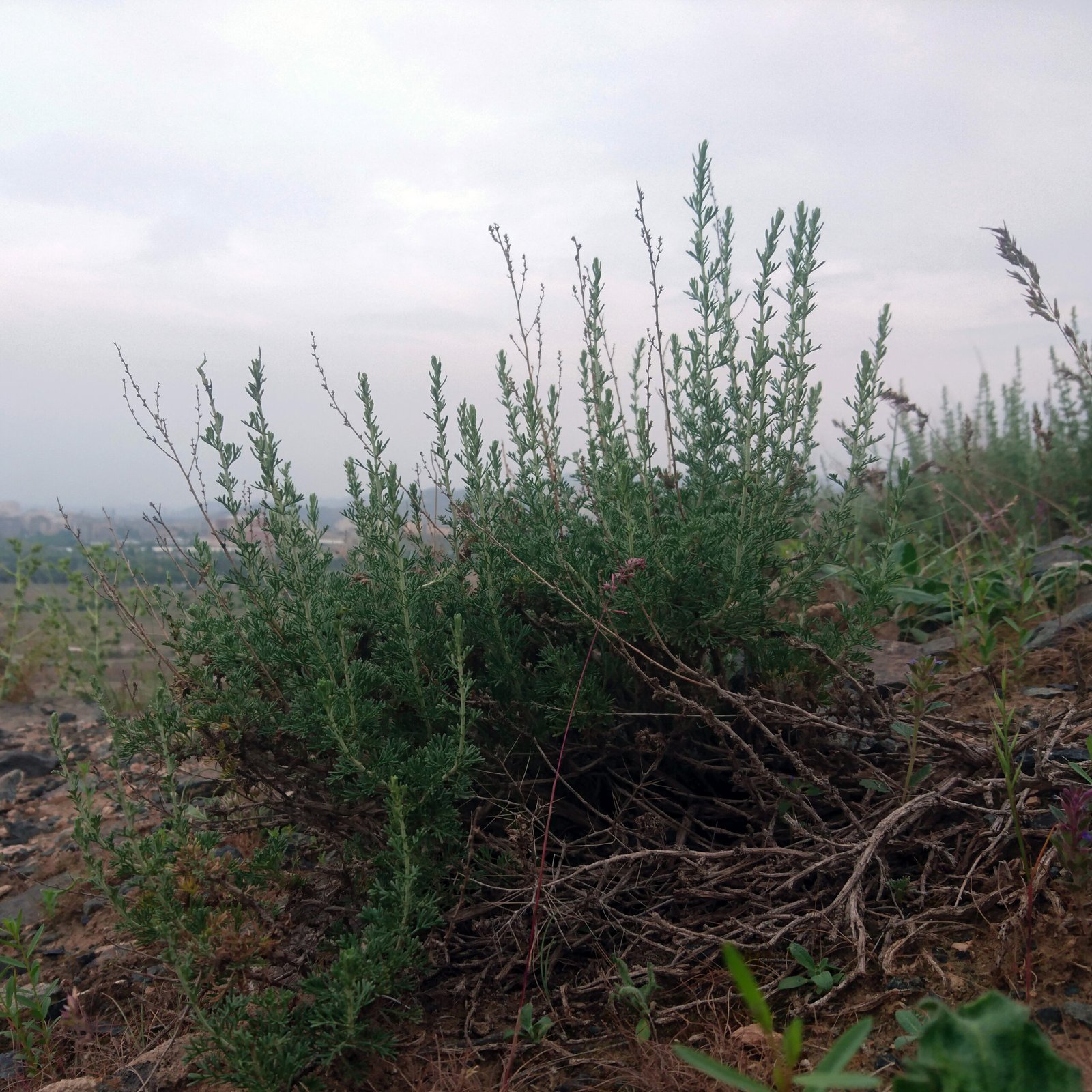
Sweet wormwood, known locally as Artemisia, grows wild across East Africa and has been treating malaria for over 2,000 years. Chinese scientists won the Nobel Prize in 2015 for developing artemisinin-based malaria treatments, but they openly credit African traditional knowledge for the discovery. Today, artemisinin combination therapies save millions of lives annually and represent the WHO’s frontline defense against malaria. The plant’s effectiveness was so well-established in traditional medicine that modern researchers knew exactly what to look for. This success story demonstrates how traditional knowledge can accelerate modern drug development by decades.
The Resurrection Plant’s Cellular Secrets
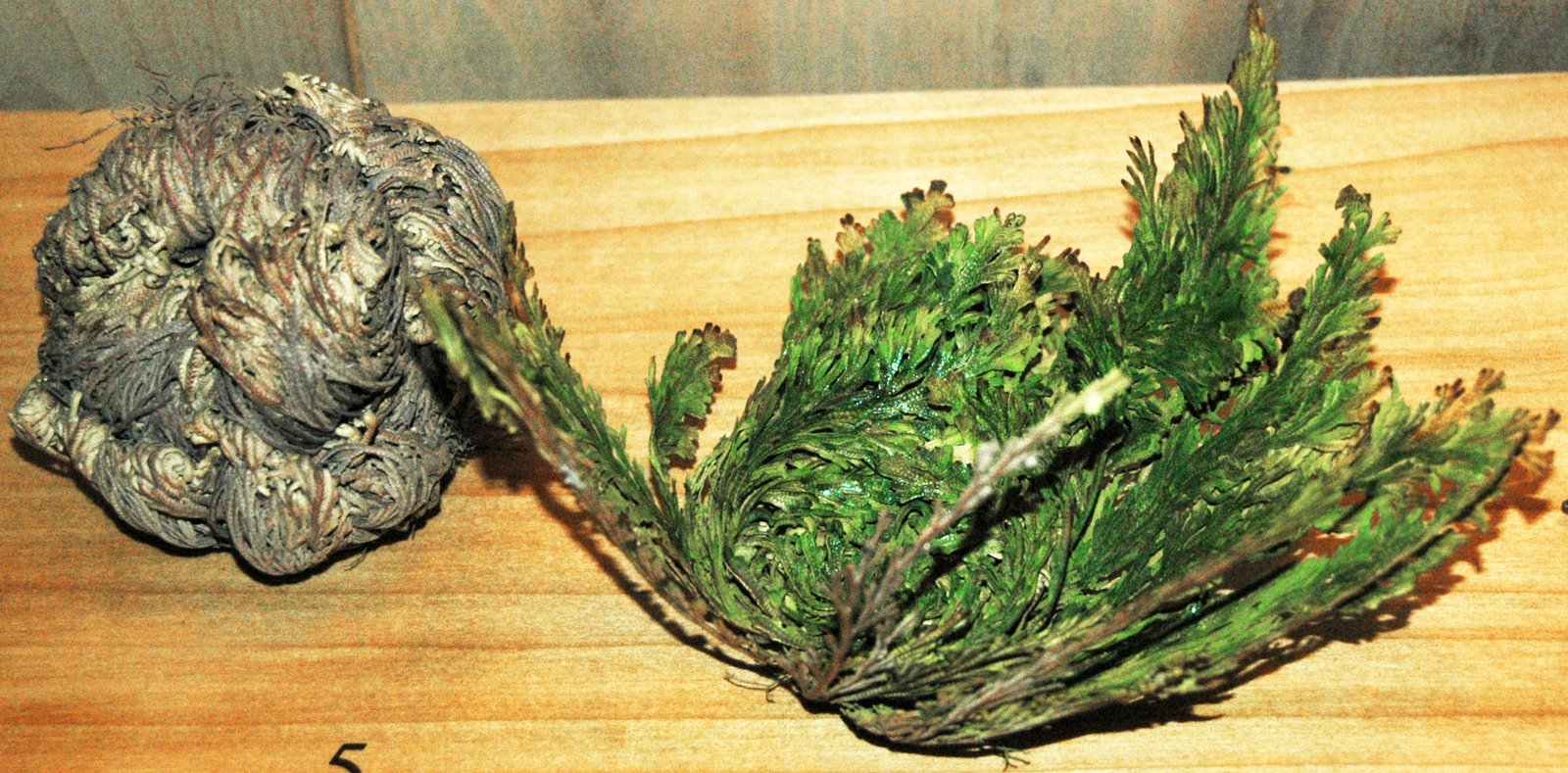
Myrothamnus flabellifolius, called the “resurrection plant,” can survive complete dehydration and spring back to life with a single drop of water. Traditional healers have used this remarkable plant to treat respiratory infections, stomach ailments, and skin conditions for generations. Scientists discovered that the plant produces unique compounds that protect cells from extreme stress and damage. Pharmaceutical companies are now developing anti-aging creams and stress-protective medications based on these natural mechanisms. The plant’s ability to resurrect itself mirrors its capacity to heal and restore human health.
Kanna: Nature’s Antidepressant Rediscovered

The Khoikhoi people of South Africa have chewed Sceletium tortuosum, known as Kanna, for mood enhancement and stress relief for over 300 years. Modern analysis reveals that Kanna contains powerful serotonin reuptake inhibitors, similar to prescription antidepressants but without harsh side effects. Clinical trials show significant improvements in anxiety and depression symptoms within weeks of treatment. Unlike synthetic medications, Kanna enhances mood while maintaining mental clarity and emotional balance. This ancient remedy is now being developed into standardized supplements for global mental health applications.
The Devil’s Claw’s Grip on Inflammation
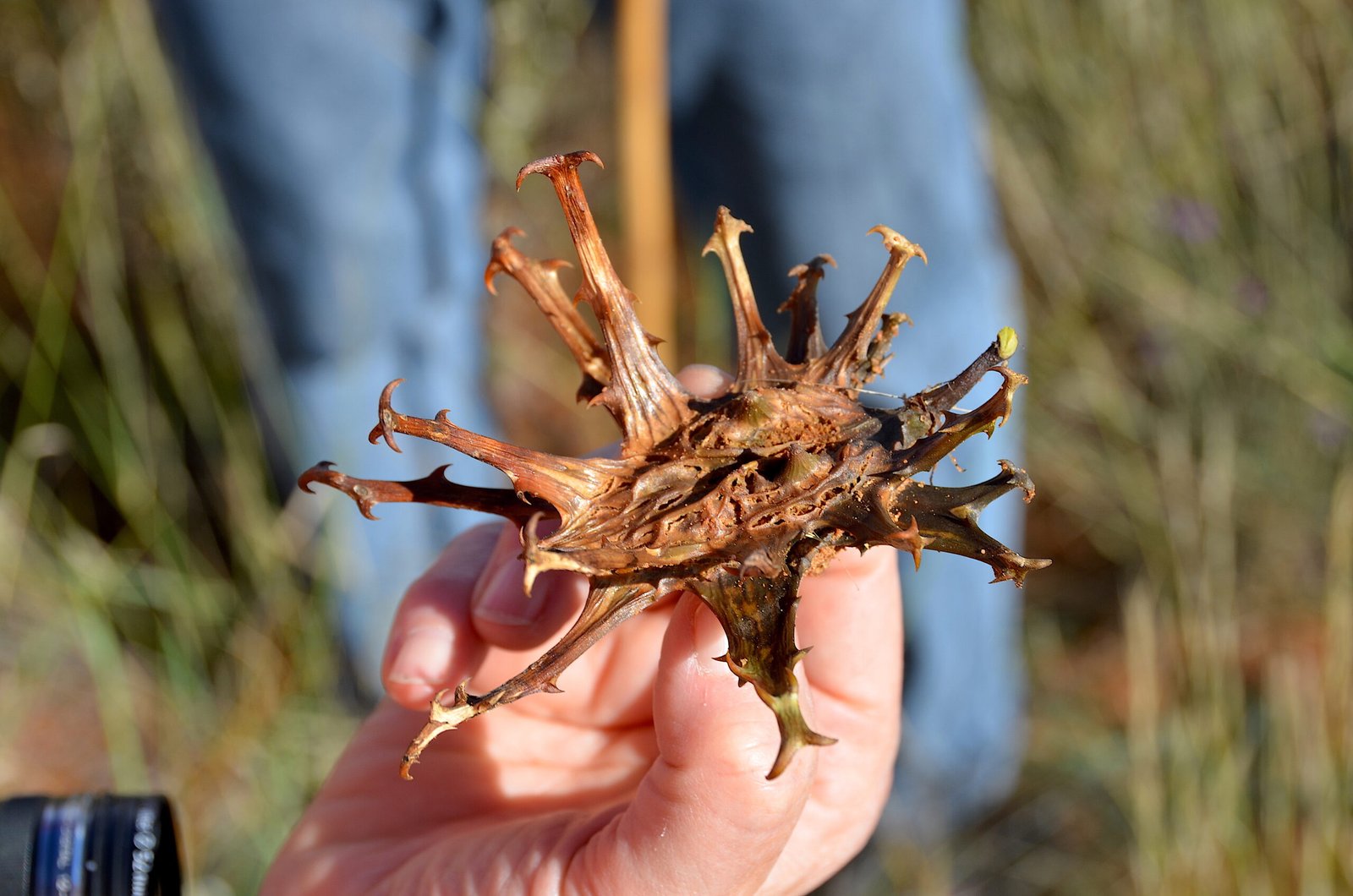
Harpagophytum procumbens, dramatically named Devil’s Claw, grows in the Kalahari Desert and has been treating arthritis for centuries among the Khoi and San peoples. The plant’s hooked fruits give it its fearsome name, but its anti-inflammatory properties are genuinely healing rather than harmful. European studies confirm that Devil’s Claw reduces joint pain as effectively as conventional anti-inflammatory drugs. The plant works by inhibiting specific inflammatory pathways without damaging the stomach lining like many pharmaceutical alternatives. Today, Devil’s Claw supplements are prescribed by naturopathic doctors worldwide for arthritis and back pain.
Pelargonium: From Garden Beauty to Respiratory Relief

The beautiful pink flowers of Pelargonium sidoides mask a powerful respiratory medicine that Zulu healers have used for generations. Traditional preparation involves grinding the roots into a powder for treating coughs, bronchitis, and chest infections. German pharmaceutical companies have developed standardized extracts that significantly reduce the duration and severity of respiratory infections. Clinical trials show that Pelargonium extracts can cut recovery time from bronchitis by up to 50%. The plant’s antimicrobial compounds attack respiratory pathogens while supporting the body’s natural immune response.
The Miracle Berry That Sweetens Without Sugar

Synsepalum dulcificum, the miracle berry from West Africa, contains a protein that makes sour foods taste incredibly sweet without any calories. Traditional communities have used this remarkable fruit for centuries to enhance the palatability of bland or bitter medicinal preparations. Food scientists are now exploring miracle berry applications for diabetic and weight-loss diets. The berry’s taste-modifying effects last for hours, potentially revolutionizing how we approach sugar reduction in processed foods. Beyond its commercial potential, the miracle berry demonstrates how traditional food cultures can inform modern nutritional science.
Buchu: The Kidney Cleanser From the Cape
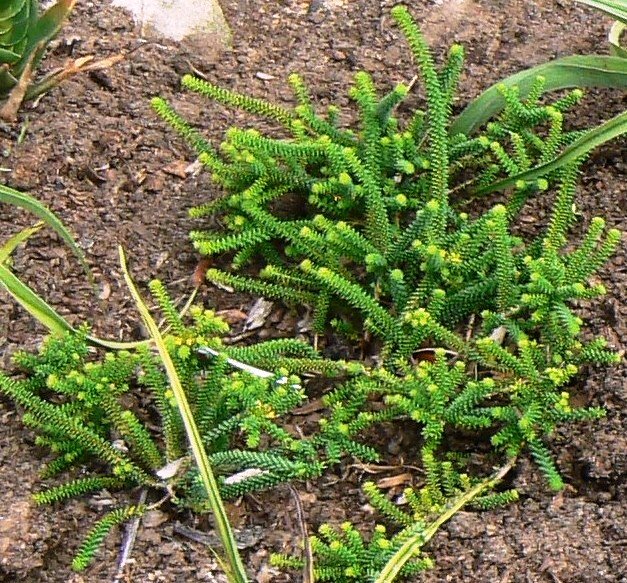
The aromatic leaves of Agathosma betulina, known as Buchu, have been treating urinary tract infections among the Khoi people for over 300 years. Traditional healers brew the leaves into a potent tea that flushes bacteria from the urinary system and reduces inflammation. Modern research confirms that Buchu contains powerful antimicrobial compounds that specifically target urinary pathogens. The plant’s diuretic properties help flush toxins while its anti-inflammatory effects soothe irritated tissues. European herbalists now regularly prescribe Buchu for kidney health and urinary tract maintenance.
The Sausage Tree’s Unexpected Healing Powers

Kigelia africana, aptly named the sausage tree for its enormous hanging fruits, offers surprising medicinal benefits that traditional healers have known for generations. The fruit and bark contain compounds that effectively treat skin conditions, wounds, and even certain types of cancer. Modern research reveals that sausage tree extracts have significant anti-tumor activity and can accelerate wound healing. Traditional preparation methods involve fermenting the fruit to concentrate active compounds, a technique that modern pharmacologists are now studying intensively. The tree’s applications range from cosmetic skin treatments to serious medical interventions.
Rooibos: From Local Tea to Global Superfood
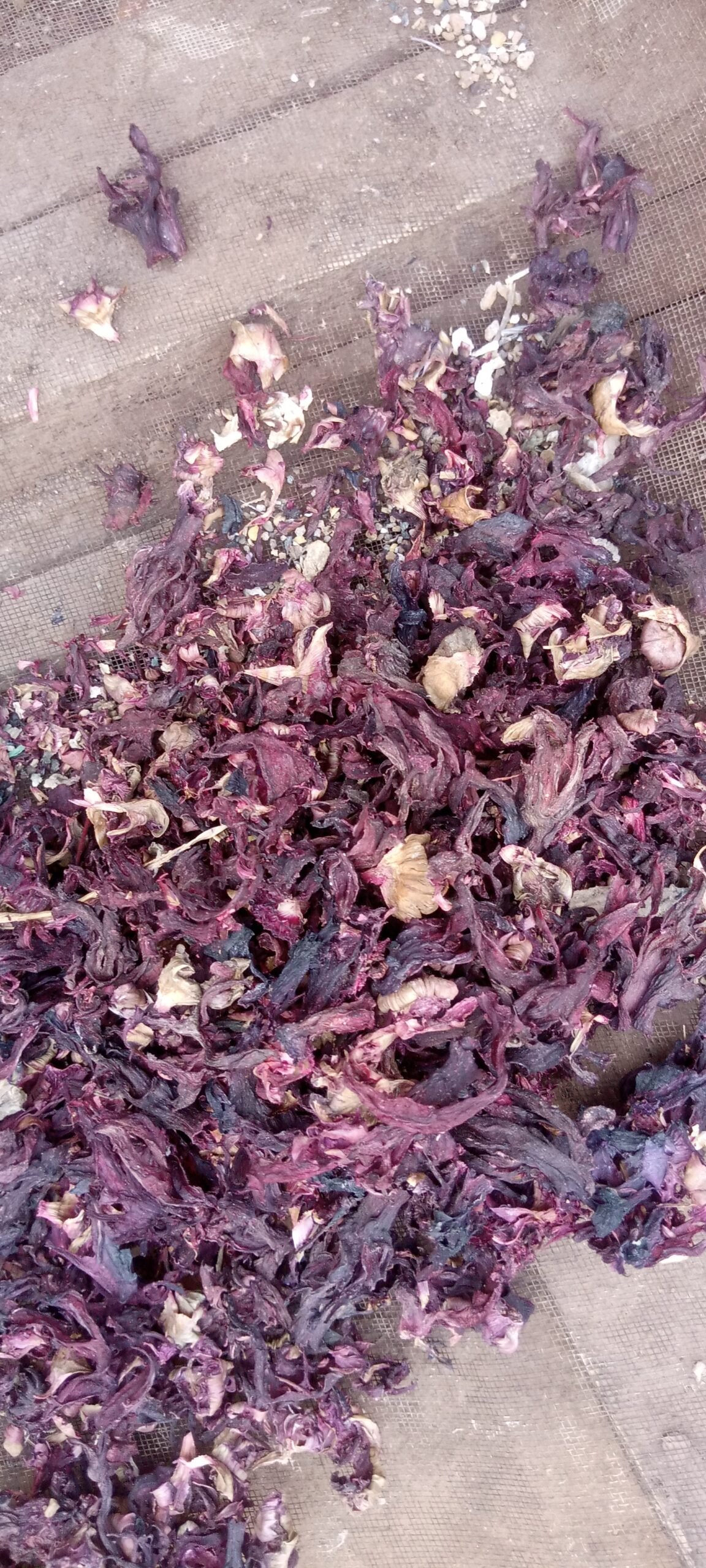
The red bush tea of South Africa, Aspalathus linearis, was traditionally consumed by the Khoi people for its soothing properties and pleasant taste. This caffeine-free herbal tea contains unique antioxidants called aspalathin and quercetin that protect against cellular damage and inflammation. International research has confirmed that rooibos consumption reduces risk factors for heart disease, diabetes, and certain cancers. The tea’s mineral content supports bone health while its anti-allergenic properties make it suitable for sensitive individuals. From a local comfort drink, rooibos has evolved into a globally recognized health beverage backed by solid scientific evidence.
Hoodia: The Appetite Suppressant of the Desert

The succulent Hoodia gordonii from the Kalahari Desert has helped San hunters suppress appetite during long hunting expeditions for thousands of years. The plant contains a compound called P57 that signals the brain to reduce hunger without stimulating the nervous system. Pharmaceutical companies invested millions in developing Hoodia-based weight loss products, though sustainable harvesting concerns have limited commercial exploitation. Traditional use involves chewing small pieces of the fresh plant, a method that remains more effective than processed extracts. The plant’s story illustrates both the promise and challenges of commercializing traditional medicines.
Warburgia: The Pepper Bark’s Antimicrobial Arsenal

Warburgia salutaris, known as pepper bark tree, has served as a broad-spectrum antibiotic in traditional East African medicine for centuries. The aromatic bark contains powerful compounds that fight bacteria, viruses, and fungi without the side effects of synthetic antibiotics. Traditional healers use pepper bark to treat respiratory infections, malaria, and gastrointestinal disorders with remarkable success rates. Modern analysis reveals that the bark’s antimicrobial compounds work through multiple mechanisms, making it difficult for pathogens to develop resistance. Unfortunately, overharvesting for commercial use has made this valuable tree increasingly rare in the wild.
The Future Laboratory Growing in African Soil

Scientists estimate that less than 5% of Africa’s medicinal plants have been thoroughly studied, leaving vast therapeutic potential undiscovered. Remote sensing technology and ethnobotanical surveys are identifying new species with unprecedented healing properties. Traditional healers continue to be the guardians of this knowledge, often knowing the exact locations of rare medicinal plants and their optimal harvesting times. Collaborative research projects are establishing protocols that respect indigenous intellectual property while advancing medical science. The next breakthrough cancer treatment or antibiotic might already be growing in someone’s backyard, waiting for science to catch up with traditional wisdom.
Bridging Ancient Wisdom and Modern Medicine

The integration of traditional African medicines into mainstream healthcare requires careful balance between validation and cultural respect. Many healers are willing to share their knowledge but demand recognition and fair compensation for their contributions. Pharmaceutical companies are learning that successful collaboration involves long-term partnerships rather than simple extraction of knowledge. Academic institutions are developing new research methodologies that incorporate traditional healing practices into clinical study designs. This collaborative approach promises to accelerate drug discovery while preserving the cultural context that makes traditional medicine so effective.
Sustainable Harvesting for Future Generations
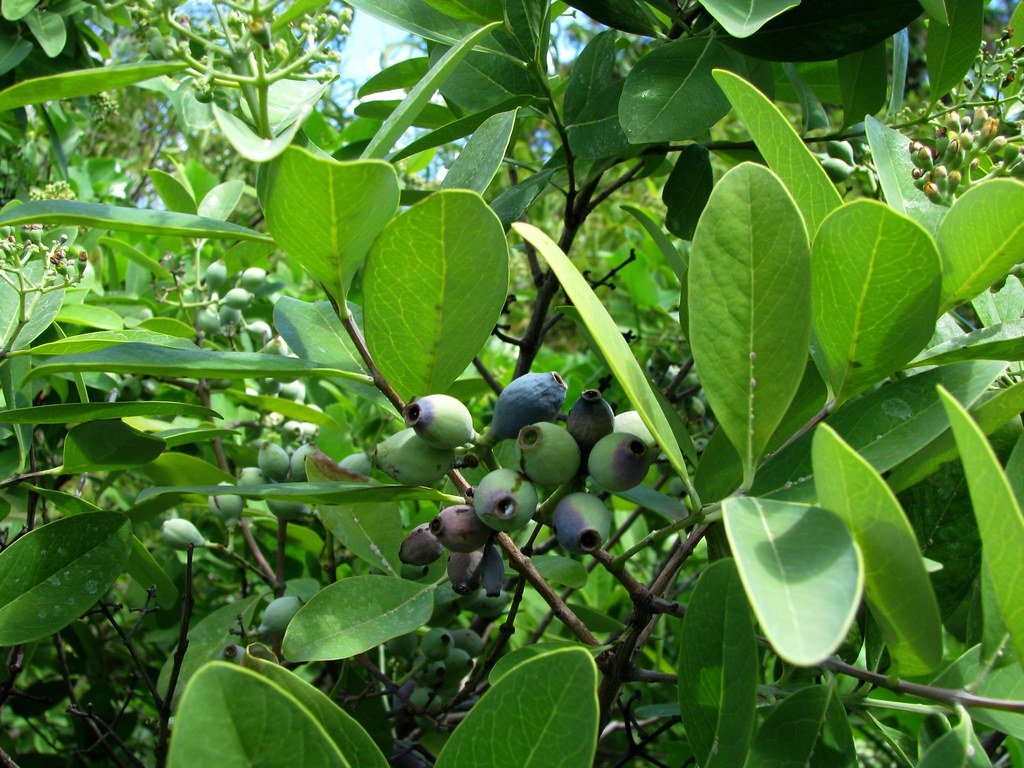
The growing global demand for African medicinal plants threatens many species with extinction if harvesting practices aren’t carefully managed. Traditional healers have always practiced sustainable collection, taking only what they need and allowing plants to regenerate naturally. Commercial cultivation projects are being established to meet market demand without depleting wild populations. Community-based conservation programs train local people to become stewards of medicinal plant habitats. The challenge lies in scaling up production to meet global demand while maintaining the therapeutic quality that makes these plants so valuable.
The Economic Impact of Traditional Medicine

Traditional medicine contributes billions of dollars annually to African economies through local healthcare provision and export markets. Countries like South Africa have developed sophisticated regulations for traditional medicine products, ensuring quality while supporting local practitioners. The medicinal plant trade provides income for millions of rural families who collect, process, and sell therapeutic herbs. International pharmaceutical partnerships are bringing investment and technology transfer to African communities. As global recognition of traditional medicines grows, so does their economic importance for the continent’s development.
Challenges and Controversies in Modern Validation

Not all traditional remedies pass scientific scrutiny, and some practices can be dangerous when used inappropriately or combined with modern medications. The challenge lies in separating effective treatments from harmful practices while respecting cultural beliefs and traditions. Quality control remains a significant issue, as traditional preparation methods can vary widely between practitioners and regions. Regulatory frameworks struggle to accommodate traditional medicines that don’t fit conventional pharmaceutical models. Education programs are needed to help both practitioners and patients understand when traditional treatments are appropriate and when modern medical intervention is necessary.
Training the Next Generation of Healers

Traditional healing knowledge is typically passed down through oral tradition and hands-on apprenticeships, making it vulnerable to loss as older healers pass away. Some African universities now offer degree programs in traditional medicine alongside conventional medical training. Documentation projects are recording traditional knowledge in written form while preserving the spiritual and cultural contexts that make it meaningful. Young people are showing renewed interest in traditional healing as they recognize its value and economic potential. The challenge is maintaining authenticity while adapting ancient practices to modern healthcare needs.
Traditional African medicines represent humanity’s oldest and most diverse pharmaceutical treasury, one that modern science is finally learning to appreciate and validate. From the resurrection plant’s cellular protection mechanisms to artemisia’s malaria-fighting compounds, these natural remedies offer solutions to some of our most pressing health challenges. The collaboration between traditional healers and modern researchers is producing breakthrough treatments while preserving invaluable cultural knowledge. As we face antibiotic resistance, emerging diseases, and the limitations of synthetic drugs, African traditional medicines provide a roadmap for developing safer, more effective treatments. The roots that have sustained African communities for millennia may well hold the keys to global health solutions. What other secrets might be waiting in the plants growing right outside our door?




